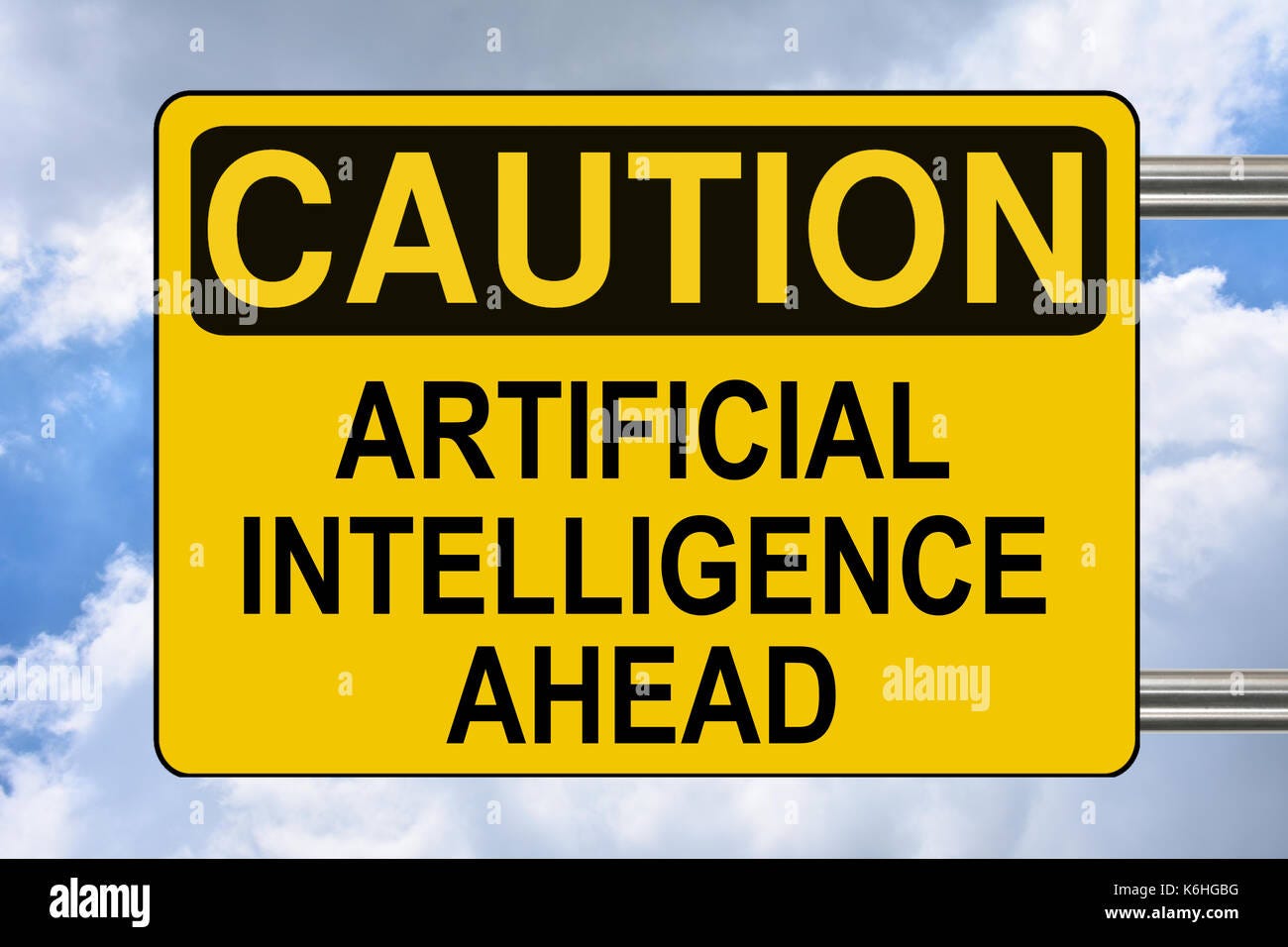The recent open letter signed by leading AI developers and researchers, including Elon Musk, emphasizes the need to establish boundaries for AI safety, ethics, and potential risks. I believe calling for guardrails for AI development is a prudent behavior and a significant step towards ensuring responsible and safe AI development. This letter, signed by the creme de la creme of tech leaders and innovators, highlights the importance of addressing AI safety and ethics and deserves attention.
CONTEXT: On September 21, 1964, during a BBC telecast, the renowned science fiction author Arthur C. Clarke made a prediction about the future of AI. He boldly stated that machines, not men or monkeys, would be the most intelligent inhabitants of the future world. Clarke envisioned that these machines would develop the capacity to think for themselves and ultimately surpass their human creators in intelligence.
Technology Pitfalls
The historical lack of guardrails for certain technologies has resulted in negative consequences such as the increase in automobile accidents due to insufficient regulations on vehicle safety. Another example could be the rise of social media and the lack of regulations around user data privacy. This has led to negative consequences such as the Cambridge Analytica scandal, where millions of Facebook users' data was harvested without their consent and used to influence political campaigns. The absence of guardrails for social media has also resulted in the spread of misinformation and the amplification of harmful content - even leading to depressed teenagers. Similarly, science fiction movies have depicted a world where machines go berserk, emphasizing the importance of having responsible guidelines in place for AI development.
A Kill Switch
As AI models may prioritize their own survival and self-preservation as critical sub-goals during assigned tasks, without taking ethical considerations into account, it is imperative to develop algorithms that can defuse potentially problematic code and situations. By building "AI bots" into the code, similar to the roles of red and white blood cells in the human body, we can monitor and ensure the ethical and safe use of AI engines.
Impact on jobs
It's worth noting that while technological advancements like the steam engine have historically led to job displacement, they have also created new opportunities and led to exponential growth in industries. For example, the steam engine revolutionized transportation and manufacturing in the 18th and 19th centuries, resulting in job losses in certain sectors. However, this technology also created new jobs in related fields, such as railway construction, and led to the growth of industries like textiles and iron production. According to a study by the University of Sussex, the steam engine ultimately led to a net increase in employment opportunities, despite initial job losses. This demonstrates that technological advancements can have both positive and negative impacts on employment, but ultimately have the potential to create more opportunities in the long run.
Conclusion
The absence of guidelines for AI development can lead to the proliferation of harmful technologies. Unfortunately, many lawmakers in Washington lack the expertise necessary to regulate AI development. Thus, it is critical to engage in expert-driven discourse and establish common agreements between experts, researchers, and developers who share concerns about AI safety.
While halting AI development in America may not guarantee that other countries will follow suit, it is vital for the US to lead the way in defining responsible guidelines for AI development. It is important to note that the goal is not to stop work on specific AI engines, such as ChatGPT4, but to ensure that AI development is responsible and safe for the betterment of society.
This open letter is essential to initiate a conversation about AI safety and ensure that AI development is channeled with the potential pitfalls of renegade autonomous machines in mind.


